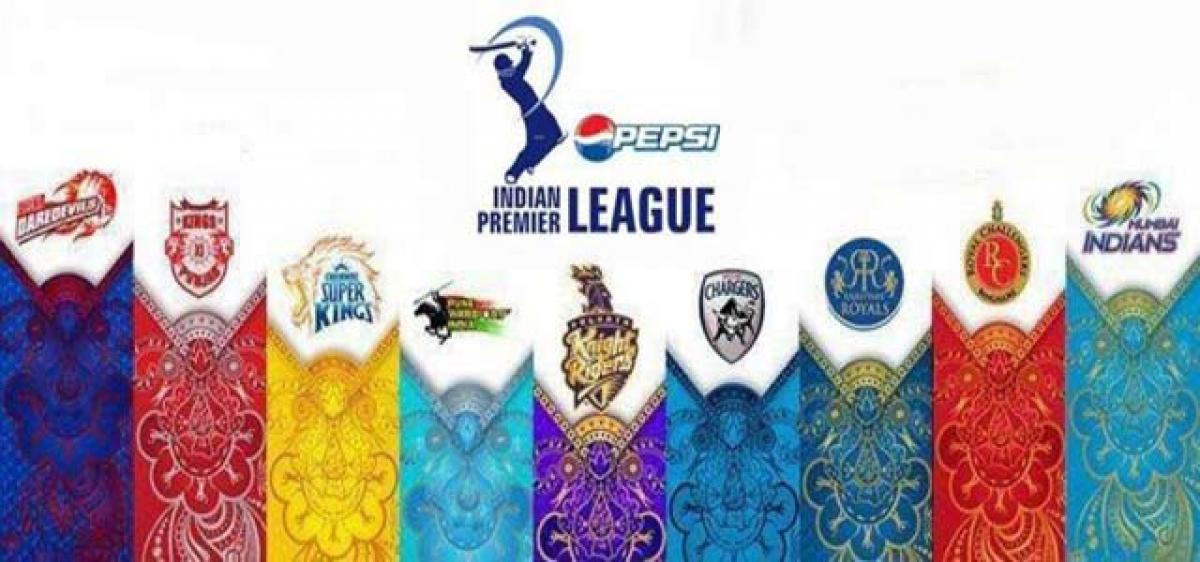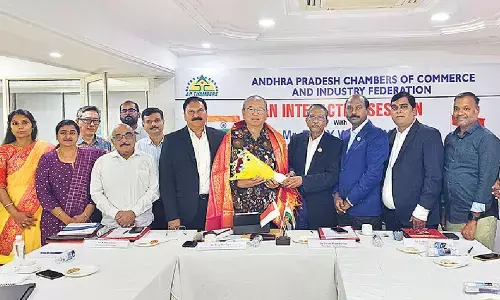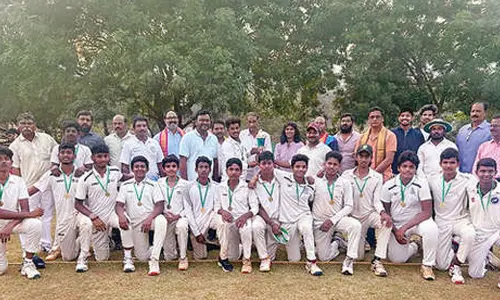Sponsorships, product placements and pronunciation

The modern world is cut throat and only the fittest of the fittest survive. Companies resort to any trick of the trade to achieve eyeballs (more product recognition and awareness). They usually indulge in advertising.
The modern world is cut throat and only the fittest of the fittest survive. Companies resort to any trick of the trade to achieve eyeballs (more product recognition and awareness). They usually indulge in advertising.
But advertising is very much in the face and can get repetitive and boring. Many people do not heed any attention to advertising or believe in it as the company that is advertising is assumed will talk only good about itself.
As one advertising guru put it very succinctly “In the story that I tell, I am always the hero”. In advertising a company will sing paeans of glory about itself – All the plus points are glossed over and all the negatives are ignored are swept under the carpet.
Sponsorship: There are two ways of getting meaningful advertising from the one medium that everyone eyes - the visual media and its best manifestation, television. The first way is to sponsor a popular TV show.
That way the advertiser can piggy back a programme’s popularity and can get attached with the success of the event or the programme. In many cases the event and the sponsor become synonymous and inseparable.
The last nine editions of the IPL are fondly remembered as the Pepsi IPLs. Innovations can be tried out.
Whenever a six was hit the commentators would scream “it is a DLF maximum!” instead of saying “it is a six”
Most companies think sponsoring a programme on the television is a very simple matter.
Pick up the most popular programme (read the programme with the best TRP rating) and sponsor it. End of the matter.
The reality check can be very different. “Padutha Teeyaga” a popular Telugu music programme compered by P. Bala Subramanyam was initially sponsored by Bajaj Auto. Bajaj later withdrew.
There was nothing an Auto major like Bajaj could gain by sponsoring a music centric programme. Antakshari (a musical programme) was initially sponsored by Amrutanjan (a pain balm reliever).
Watch Antakshari, get headache and get it treated by Amrutanjan! Is it an insult to the programme or to the sponsor? The viewers have to decide for themselves.
Finally sanity prevailed and the apt sponsor was found for Antakshari in Close-up. A splendid idea, get Close-up tooth paste as a sponsor which stands for freshness of breath and the association is apt for a programme where the contestants (usually a boy and a girl) come very close to each other to crone a song. For singers who come very close to each other, freshness of breath is a very welcome attribute.
Product Placements: The second method is a product placement which is an advertising technique used by companies to subtly promote their products through appearances in films, television, and other media.
The product or the service becomes a part of the movie or the television programme. The soft drink that the hero consumes, the car that he drives, the watch he wears are all targets for product placement.
Product placements make sense as they put the product or the service into the context and environment within which the product is displayed or used.
The product promotion can be effective as the product or the service is integral to the programme and can be avoided or zapped like the TV advertisements which are usually ignored or the viewer simply switches from one programme to another during the commercial break.
The best reason for deploying product promotions as cited by experts is the stronger emotional connect and to for matching the product/service with relevant content and to target a specific consumer groups.
Most product placements in television and films are crude. Telugu movies feature songs of a scantily dressed heroine dancing (sometime in rain).
The background is lit up with gaudy hoardings of products or even worse an array of Kinetic Honda scooters or hero Honda motorcycles with their head lights/blinkers/side lights blinking - on and off. The viewers are put off by these in your face product placements.
Product placements are tackled more professionally in Hollywood. James Bond movies use product placements but with lot of suave. James Bond wears an Omega watch, uses a Motorola mobile and drives a BMWcar.
A very apt product placement was for a television programme called “Chutke Bajake” which featured the famous Marathi actor Ashok Saraf. The hero in the serial snaps (Chutke) his fingers and gets involved in very interesting adventures.
The sponsor was Quickfix. The connection? Quickfix at that particular point of time was running an advertisement that showed a boss (Satish Shah) clicking his fingers and getting frantic attention from his harassed lady secretary (Renuka Sahane).
How to fix this annoying boss? The solution –his secretary puts a small drop of Quickfix between his thumb and the index finger. He no longer can click and when he can’t click he can’t order his secretary around.
Whenever Ashok Saraf clicks his fingers in the serial one immediately gets reminded of Quickfix. The double whammy is the title of the serial also reminds the viewers of the product advertisement. A wonderful marriage of the product and the programme.
Pronunciation:Television news readers have an important role to perform. They have to read the news, create interest in the viewers and at the same time appear to be empathetic. Many a time news readers make pronunciation mistakes which are absolute howlers.
Many of the north Indian news readers get the south Indian state names all muddled up. They call Kerala as Keral, Tamil Nadu becomes Tamil Nad and Karnataka becomes Karnatak.
This jars the South Indians. North Indian News readers find the word Thiruvananthapuram difficult to pronounce. Their struggle is painful to see and hear.
Some times their pronunciation of even national level leaders is puzzling. They get the name of P.V.Narasimha Rao wrong and call him Narsing Rao. They end up calling Kurnool as CURNOOL.
They would say Kurnool as it is written but in reality it is KARNUL. Similarly Cuddapah is pronounced as CUDDAPAH whereas the locals call it Kadapa.
Luckily for all concerned Cuddapah has officially become Kadapa.Ongole becomes as on-gole but in Andhra Pradesh it is pronounced as Ong-goal.
Laxshmi becomes Laxmi and Rajender becomes Rajinder. Chandigarh becomes Chandigad. We need to be careful when we pronounce names from a different region.
A south Indian was working in Kolkata, Bengal. His neighbor had called him one day for Bhojan (dinner). The south Indian was excited. Being the foodie, he was exited as Bengali food is tasty and has many mouth-watering fish dishes.
He eagerly goes to his neighbor’s house in the evening. All his other neighbors were already present. They were sitting on the floor and chanting hymns and prayers.
This goes on for two hours. The south Indian was getting frantic. His stomach was grumbling, but he sits and waits. May be the Bhojan will be served after the prayers!
But to his dismay small amount of prasad is served. All his neighbors were going home. Terribly hungry and hurt and he looks at his host. His host folds his hands and says “Thank you very much for coming to our house and attending the Bhojan”.
The reality hits the South Indian hard, His neighbor meant “Bhajan which is praying and singing hymns in praise of god and not Bhojan which stands for lunch or dinner”.




















